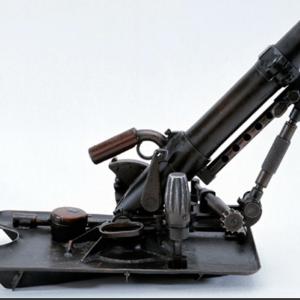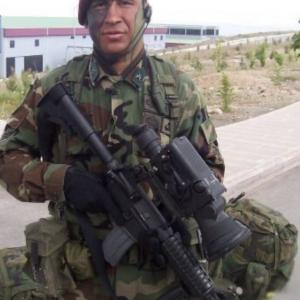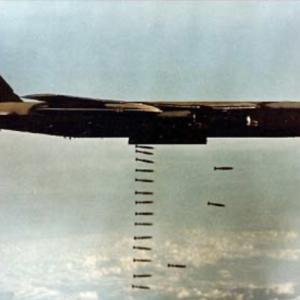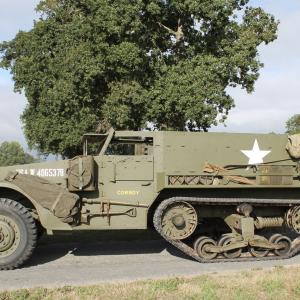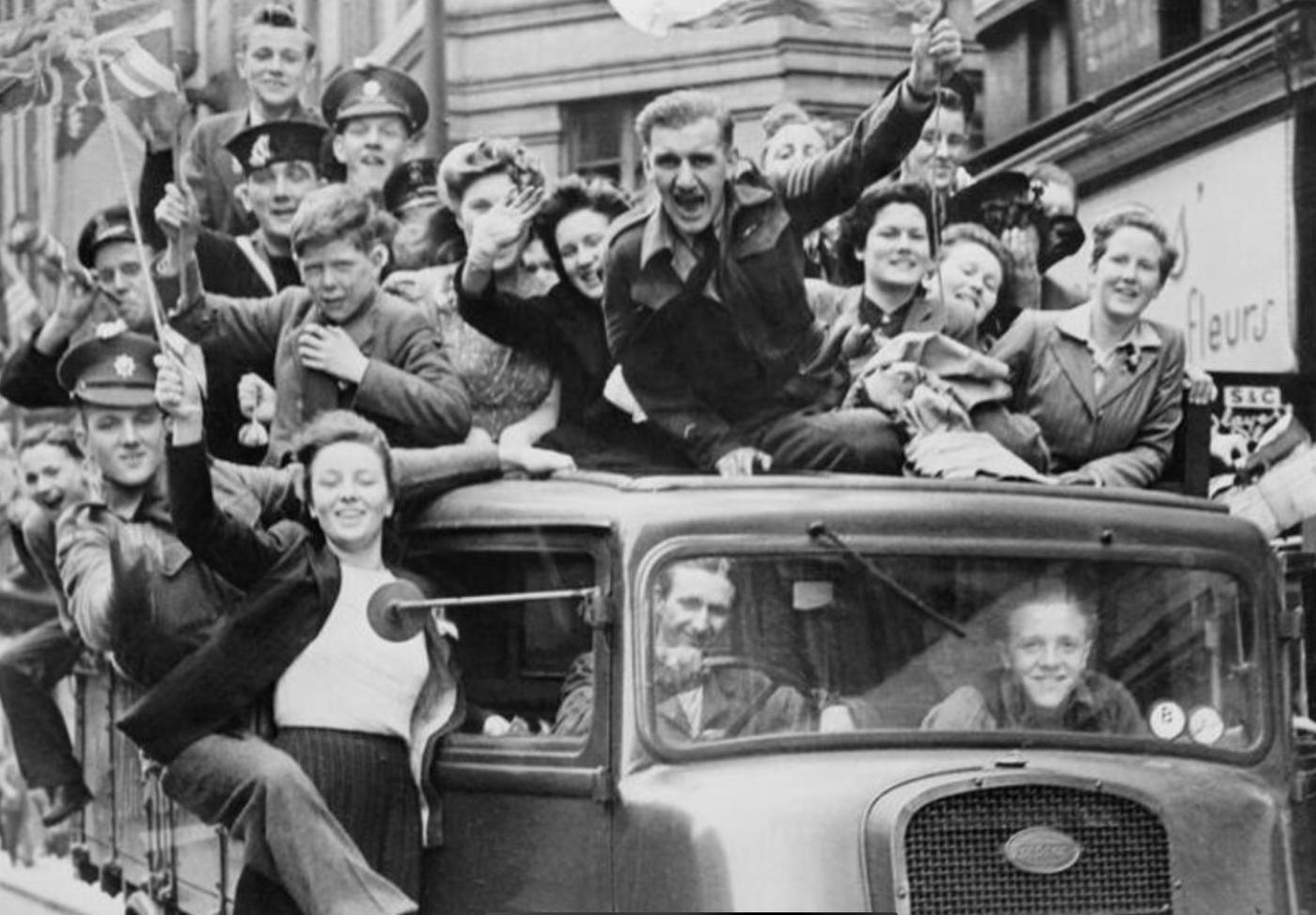
VE Day Celebrations
After nearly six grueling years of war, the people of Britain finally received the news they had long hoped for: Nazi Germany had surrendered unconditionally to the Allied forces. On 8 May 1945, the United Kingdom erupted in celebration. Prime Minister Winston Churchill declared the day a national holiday, known from that point forward as Victory in Europe Day, or VE Day. It marked not just the end of a devastating conflict in Europe, but the beginning of a long and painful road to healing and rebuilding.
Even before the official announcement, preparations for the celebrations were underway. Churchill, ever mindful of public morale, had personally ensured with the Ministry of Food that beer would be readily available in the capital. The Board of Trade also made a rare concession by allowing the sale of red, white, and blue bunting without the need for ration coupons. This simple act gave citizens the chance to decorate homes, shopfronts, and entire streets in the national colors.
Despite wartime shortages, manufacturers moved quickly to produce commemorative items to mark the historic day. Ceramic factories, for instance, rushed out thousands of mugs, which many families still treasure today as heirlooms. Restaurants created special "victory" menus, offering dishes that cleverly made use of rationed ingredients—everything from stews to puddings.
In the days leading up to the announcement, speculation and hope grew. When the official word came—first from Germany, then confirmed by Churchill—jubilation broke out across the country. People poured into the streets, strangers embraced, and an atmosphere of unity and relief washed over towns and cities alike.
Across Britain, the celebrations took on different forms, but the spirit was the same everywhere. In London, the capital at the heart of Britain’s war effort, the joy was particularly intense. Iconic landmarks became the backdrop for mass gatherings. Trafalgar Square and Piccadilly Circus were filled with crowds waving flags, singing patriotic songs, and cheering well into the night.
Street parties, many of them spontaneously organised, became a defining image of VE Day. Long tables were set up in the middle of streets, decorated with flowers and bunting. Rationing meant there wasn’t a lot of food, but what was available—homemade cakes, sandwiches, and whatever sweets could be found—was shared among neighbors. People brought gramophones outside, and dancing broke out in the streets.
In a deeply symbolic gesture, St Paul’s Cathedral in London held ten consecutive thanksgiving services, each one packed with thousands of grateful citizens. These services were solemn reminders of the cost of victory. Churches around the country echoed this sentiment, with prayers offered for the millions who had died and for those still serving in the Pacific theatre.
Many of the nation’s children had known nothing but war, blackout curtains, and air-raid drills. For them, VE Day was an introduction to peace. Communities gathered around radios to hear Churchill’s stirring broadcast, in which he acknowledged the sacrifices made and reminded the nation that the war was not entirely over—Japan had yet to surrender.
Yet for one day, there was joy and laughter. Bonfires were lit, and fireworks—long silenced by blackout rules—crackled through the night. Even the Royal Family participated, with Princess Elizabeth and her sister Margaret secretly joining the crowds outside Buckingham Palace, mingling incognito with jubilant citizens.
While VE Day was officially celebrated on 8 May in Britain and most of Western Europe, time zones and political decisions shaped its commemoration elsewhere.
In New Zealand, due to the considerable time difference with Europe, the government waited until Winston Churchill officially announced the end of the war before declaring the national holiday. As a result, New Zealanders observed VE Day on 9 May. This delay meant that workers went to their jobs on 8 May, anticipating a break the next day. But when the moment finally arrived, cities like Wellington and Auckland saw scenes similar to those in London—flags waving, church bells ringing, and a sense of communal relief and pride.
In the Soviet Union, VE Day also fell on 9 May, because Germany’s surrender was signed late in the evening on 8 May, past midnight Moscow time. For the Soviets, the victory carried profound emotional weight—after suffering some of the heaviest casualties of the war, including the Siege of Leningrad and the Battle of Stalingrad, millions of Soviet citizens flooded the streets in celebration. To this day, 9 May is observed as Victory Day in Russia and other former Soviet republics, a key date in their historical memory.
Back in Britain, while joy filled the streets, there was also a somber undertone. Many families had lost sons, daughters, fathers, and mothers. The knowledge that the conflict with Japan still raged on tempered the celebrations with a sense of unfinished business. Nonetheless, VE Day stood as a powerful moment of national and international unity, when the world, exhausted by war, paused to breathe, to mourn, and to hope.

